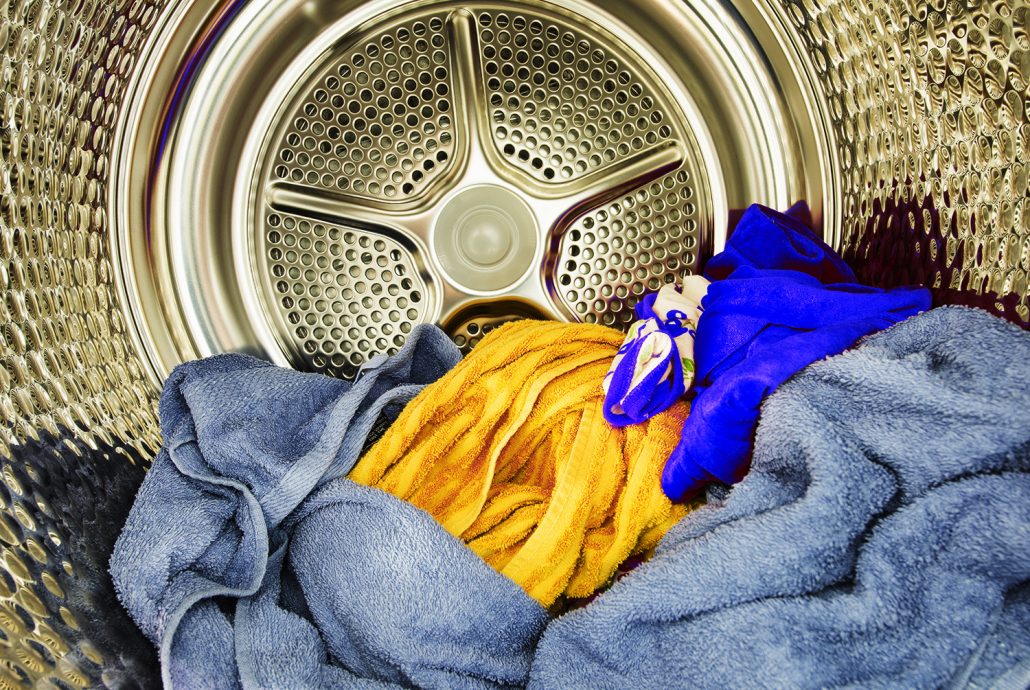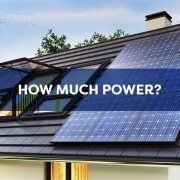Top 5 Appliances to Use with Solar
During the day, your solar is generating free energy for your household use. Here are the Top 5 household appliances to use when it is powered by your solar.
1. Pool Pump and Filter
Over 944,600 Australian households have swimming pools at their properties* which has the potential to increase energy consumption through the roof. An essential part of your swimming pool, your pool pump pulls the water toward the filter to clean it from any debris, but also consumes a high amount of energy.
Annually, a typical pool consumes between 2,000 – 3,000 kWhs of energy and running costs are between $800 – $1,200 per year**.
When you have solar, you can offset most of these running costs by setting your pool pump and filter to work while the sun is out during the day, which will heavily reduce the running costs for your pool.
 2. Washing Machine
2. Washing Machine
Using warm water can increase your washing machines’ energy consumption compared to using cold water.
Using both water and energy to operate – why not cancel one out and reduce its overall running cost? Pop the load on at the beginning of the day when your solar begins generating energy for the house and leave it running when you leave.
3. Dishwasher
The size of the dishwasher will determine how much energy your dishwasher uses; the higher place settings (size of dishwasher) the more energy it will use. Time of day peak charges can increase the cost of washing the dishes enormously.
With surge pricing on your energy, it may be more expensive for you to run your dishwasher in the evening than during the day.
By setting your dishwasher to begin its cycle during the day when your solar is generating, you are reducing the operating costs for washing your dishes daily.

4. Clothes Dryer
Condenser dryers are typically more energy efficient than a vented, budget dryer and are often more expensive to purchase. Condenser dryers essentially reuse the water vapour extracted from the air whereas vented dryers expel humid air. This results in a vented dryer using more energy over its lifetime in comparison.
By powering your dryer with the sun, you can limit the operating costs of whichever clothes dryer you have installed.
5. Air conditioner
Keeping the home cool during summer can often be an energy-hungry task.
By setting your air conditioner with a timer to switch on while the sun is out, you can make your house a comfortable room temperature by the time you get home at minimum cost.
Regularly use these appliances but haven’t looked at solar yet? Now is your best time to adopt solar.
*Australian Bureau of Statistics, Environmental Issues: People’s Views and Practices, March 2007, Swimming Pools
**Canstar Blue, Swimming Pool Electricity Usage Explained, 5 October 2017















